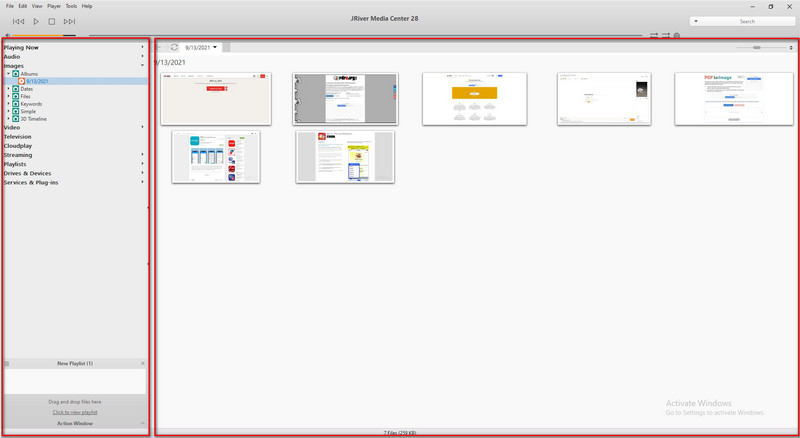
River, this can actually be fully customized depending on whether you like a gentle blending from one track to another, a more aggressive blending or want files to be played as is without any fade-in/fade-out. The problem is now solved and like everything else in J. The Graphic User Interface is superb especially on a 24-inch iMac and as already mentioned, you can look at your albums in theater view like a high-end server or even in 3D floating above a pitch-dark background, whatever rocks your boat.įrom what I have heard, one of the minor glitches in previous versions was the introduction of a 2-second blank between tracks. Whether you think that a library update should be found under File or Tools, you’ll actually end up finding it either way.

The additional value to me is that each feature is typically accessible over more than one path. Speaking of transparency, those semi-transparent menus serve no real purpose but are pretty cool to look at. All saving actions or modifications are run transparently in the background while you continue operating normally. All of this is usually not more than a menu away if that far (some functions are actually directly accessible through an action window on the side of the screen). The most valuable to me is convenience of use when ripping CDs, adding tags to music files or artwork to albums.


River interface rather than creating their own, those guys must be doing something right. If gear designers are starting to rely on the J. River Media Center until a contact on one of the French hifi forums reading about the upcoming Weiss review pointed me to their website indicating that it was his favorite and becoming the software of choice on standalone servers like the NuForce or very high-end Audionec Server/DAC/Preamp solution (which uses some Weiss on-board technology - it’s a small world after all). This review page is supported in part by the sponsors whose ad banners are displayed below


 0 kommentar(er)
0 kommentar(er)
